What Is Rate of Return (ROR) & How to Calculate It
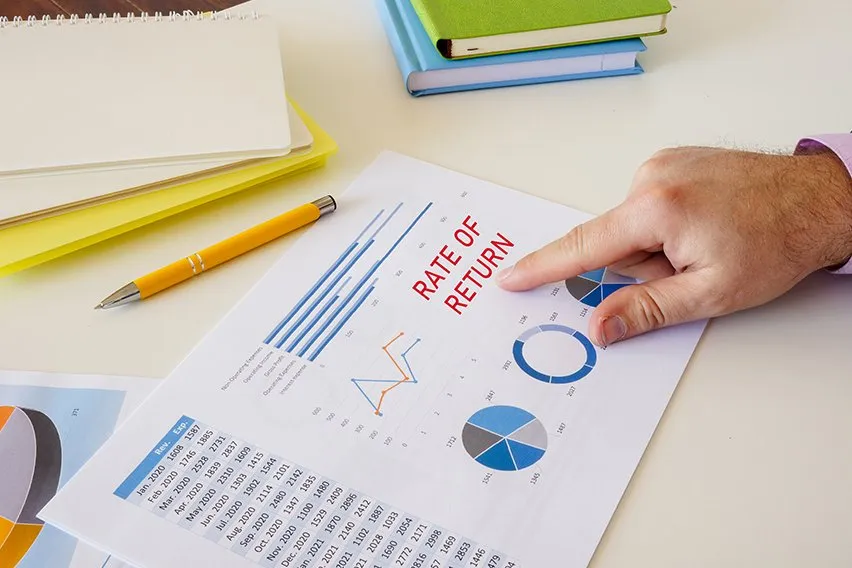
Being a small business owner means you need to make certain business decisions. And in order to make the best decisions, you need to understand your gross profit margin, net profit margin and rate of return. These are critical bits of information to know when it comes to making business decisions for future cash flows.
You’re also going to have to make certain investment decisions for your business. These could include things like purchasing a piece of machinery or equipment. Or whether or not you need to expand operations and move to a bigger space. And these investments get made with the ideal outcome of providing a return for your business that can increase profits.
Here is everything that you need to know when it comes to the rate of return and how to calculate it.
Here’s What We’ll Cover:
How to Calculate Rate of Return
What Is the Rate of Return?
The rate of return (ROR) refers to the net gain or loss that you receive over a period of time from an investment your business has made. There can be some different applications and variations for the rate of return. It’s worth noting that the rate of return can also apply to things like the return on capital expenditures or corporate profits.
It gets expressed as a percentage of the initial cost that got invested. And it can get applied to any investment that your business makes. These investments can range from equipment and machinery, as mentioned above. But they can also include real estate investments, bonds, fine art and stocks.
Calculating the rate of return works with any assets you have. Just as long as they were purchased at a certain point and time and ultimately produced cash flow at some point in the future. The investments are based in part on past rates of return which can be compared against similar assets. When you do this, you can determine which investments will be most beneficial for your business.

How to Calculate Rate of Return
If you invest in something for your business, you’re going to want to know the return you’re getting from it. How does it make your business better? Is it a worthwhile investment? What about the difference between real returns, a negative return and a cumulative return over periods of time?
Knowing how to calculate the rate of return can help you answer those questions. The formula to calculate the rate of return would look like this:
(Current value – initial value / initial value) x 100 = rate of return
It can sometimes get known as the basic growth rate or, more commonly, return on investment (ROI). It takes into consideration the effect of the time value of money and inflation. So your real rate of return is defined as your net amount of discounted cash flows (DCF).
Rate of Return with Stocks and Bonds
Figuring out the rate of return for stocks and bonds can be a little different. Let’s say that an investor purchases a stock for £60 a share. They own the stock for five years and earn £10 in dividends.
If they decide to sell off their stock for £80, their per-share gain is going to be £20 (£80 – £60 = £20). On top of this, they earned £10 in dividend income which would increase the total gain to £30. So, the rate of return for the stock would be a £30 gain per share, or 50%.
Real Rate of Return Vs Nominal Rate of Return
The simple rate of return gets considered as a nominal rate of return. This is since it doesn’t take into account any effects from inflation. For example, inflation is going to limit the purchasing power your money has. £25,000 today isn’t going to be the same as £25,000 five years from now.
Once you’re able to take into account the effect of inflation, that then becomes the real rate of return. This can also be known as the inflation-adjusted rate of return.
Real Rate of Return and the Compound Annual Growth Rate
The compound annual growth rate (CAGR) is similar to the concept of the simple rate of return. Compound annual growth relates to the annual rate of return that your investment is getting over a period longer than one year. This means that you need to factor in growth into your calculations.
To calculate the compound annual growth rate, just divide the value of your investment at the end of a period by the value at the beginning of that period.
Total Return
Total return can sometimes be a more accurate way to measure your return on investment when it comes to stocks or mutual funds. It takes into account price application and also considers things like interest, dividends or capital gains. Total return basically considers any form of return you can get from your investment.
Internal Rate of Return (IRR)
This variation of the rate of return is commonly used when evaluating the return of capital expenditures. It looks at your cash flows from the investment over a specific period. Your cash flows, both inflows and outflows, get projected and then discounted back to the present time.
The discount rate is usually similar to an interest rate, and it shows the required rate of return for capital projects. The process takes your net cash flows and calculates a discounted rate to lower your net present value to zero.
What’s a Good Rate of Return?
It’s all going to depend on the type of business you operate, your products and services and the industry that you’re in. To help make it a little easier to understand, let’s take a closer look at a few examples.
For a mutual fund, a good rate of return might be if it’s in the upper half or top quarter of the average return for funds in the same investment category.
For something like the internal rate of return, take a look at and review your capital expenditures. Capital expenditures or projects might have to exceed a hurdle rate of return. This is the benchmark that a project needs to exceed to get approved for capital expenditures.
For a diversified investment portfolio, you might have an annual target rate of return. This is usually the case if you’re trying to achieve a certain return to reach a goal, such as saving for retirement.
The biggest thing to keep in mind is a good rate of return is going to depend on the type of investment that you make.

Key Takeaways
Calculating the rate of return refers to the net gain or loss you get from an investment your business makes. Investments can range from purchasing things like equipment or machinery. But they can also include things like real estate investments, bonds, stocks and fine art. And aside from investing, the rate of return can also apply to corporate profits and capital expenditures.
It also works with any assets that your business owns. You just need to make sure that they got purchased at one point in time, and then produced cash flow at some point in the future. It’s also easy for you to calculate the rate of return. You just need a few bits of information and then you can use the following formula.
(Current value – initial value / initial value) x 100 = rate of return
It can be common for the rate of return to also get referred to as return on investment or basic growth rate. As well, your real rate of return can also get designed as your net amount of discounted cash flows.
Knowing and understanding how the rate of return works can help your business with economic growth. You can ensure that your initial investment will have excellent future returns instead of ordinary returns.
Did you enjoy reading this guide? Head over to our resource hub for some more great content.
RELATED ARTICLES

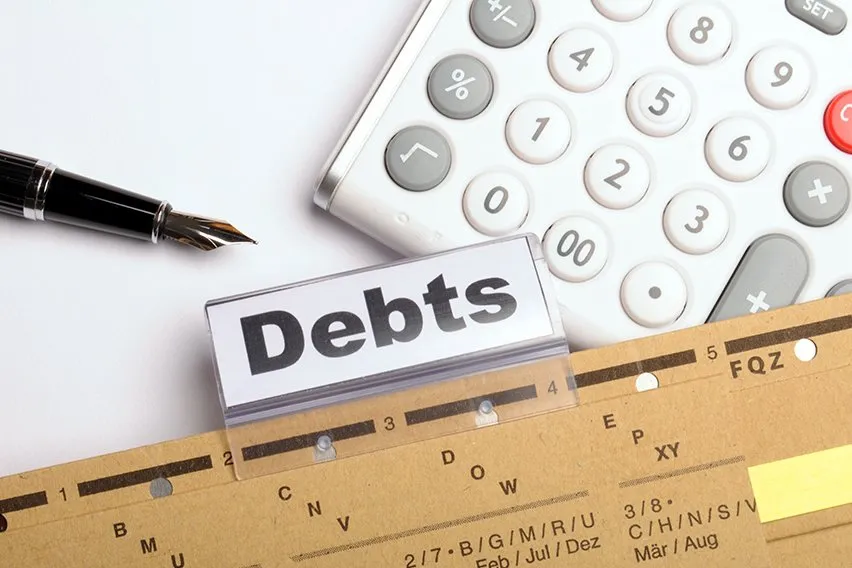 Managing Debt: 10 Tips or Advice on Dealing With Debt
Managing Debt: 10 Tips or Advice on Dealing With Debt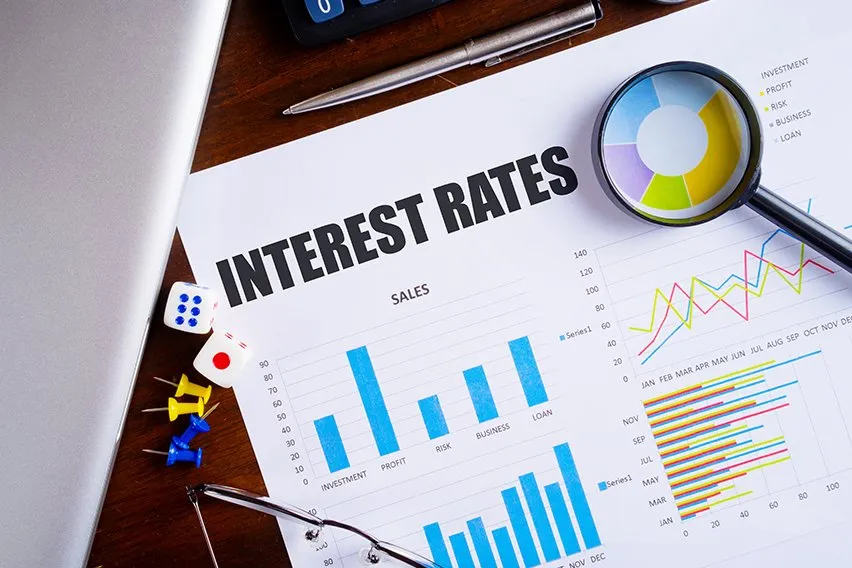 What Is Interest Coverage Ratio? Definition & Calculation
What Is Interest Coverage Ratio? Definition & Calculation What Is Direct Debit & How Does It Work? A Guide
What Is Direct Debit & How Does It Work? A Guide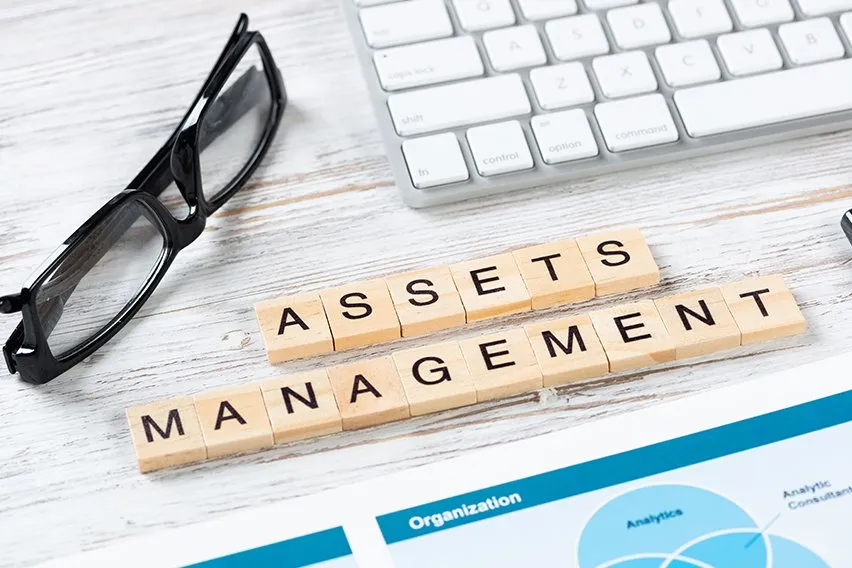 What Is a Capital Asset? The Ultimate Guide
What Is a Capital Asset? The Ultimate Guide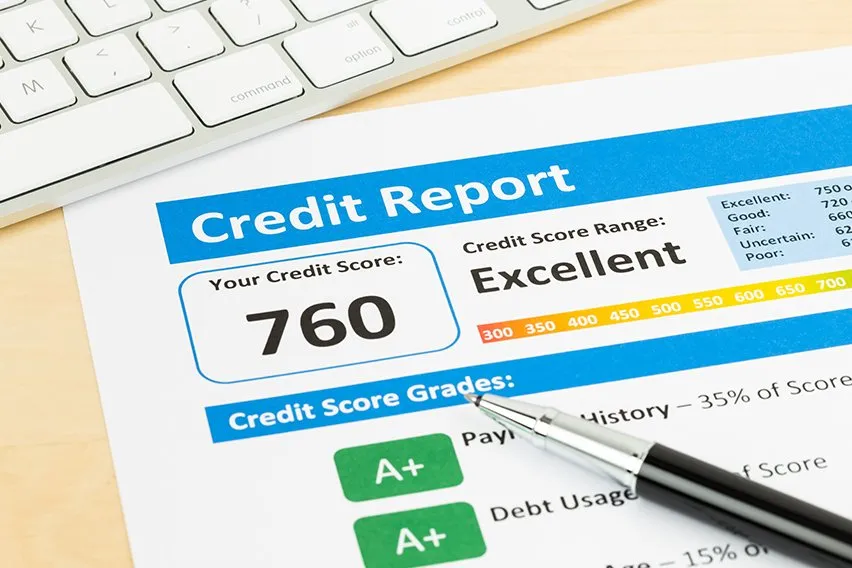 What Is a Default Account & How It Impacts Your Credit Profile
What Is a Default Account & How It Impacts Your Credit Profile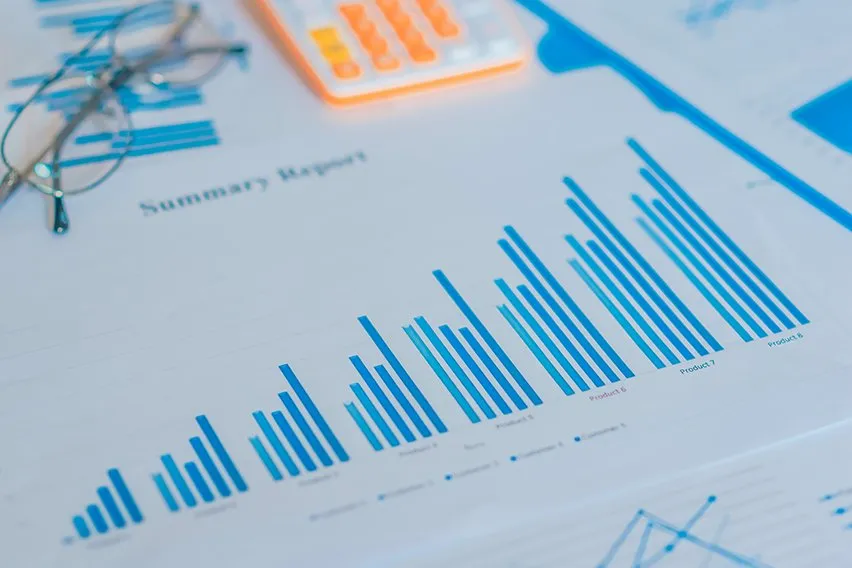 How to Improve Cash Flow in Your Business: 11 Ways
How to Improve Cash Flow in Your Business: 11 Ways